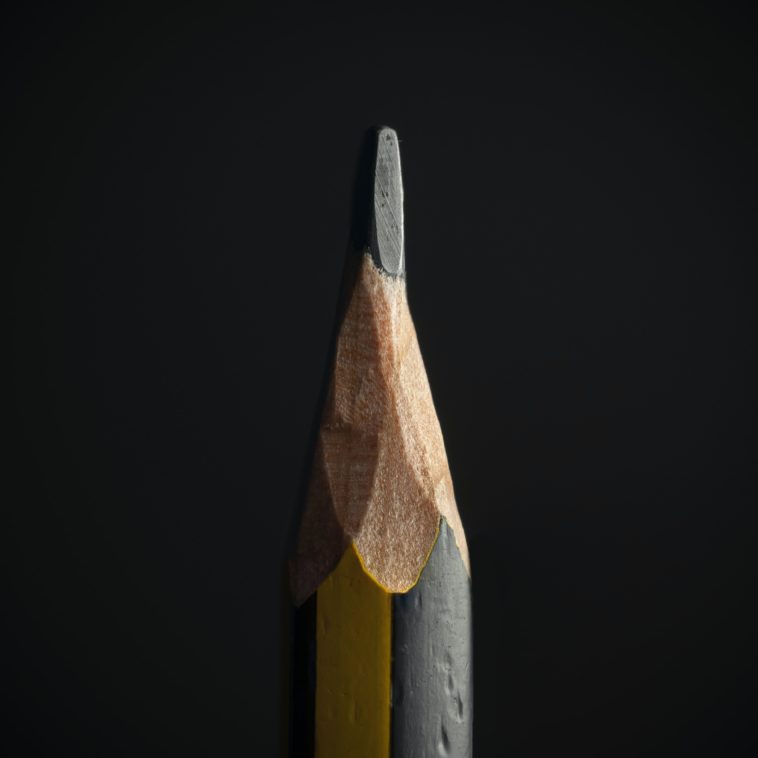Key Takeaways from “The Fascinating World of Graphite”
- Graphite’s Unique Properties: Graphite, a crystalline form of carbon, is known for its excellent conductivity, lubricating properties, and use in high-temperature applications.
- Types of Graphite: It exists in natural forms like flake and amorphous graphite, and synthetic forms, each with unique applications.
- Graphite in Everyday Life: From pencils to batteries and steelmaking, graphite’s versatility is evident in various industries.
- The Science Behind Graphite: Its structure of layered graphene sheets imparts unique properties like electrical conductivity and lubrication.
- Graphite’s Historical Journey: From its discovery in the 4th millennium BCE to its wide-ranging applications today, graphite has a rich history.
- Innovations and Future Applications: Ongoing research in graphite technologies focuses on enhancing its use in batteries, biomedical applications, and more.
Ah, graphite, the unsung hero of the mineral world! You know, every time I hold a pencil, I can’t help but marvel at the journey of graphite. From a simple marking tool to a cornerstone in advanced technology, its story is as layered as its structure. Let’s dive into this fascinating world!
Graphite: A Mineral with Many Faces
Do you remember the first time you held a pencil? That smooth, gray lead? That’s graphite, my friends! But graphite is not just for sketching or jotting down notes. This mineral is a jack-of-all-trades.
The Many Avatars of Graphite
Picture this: a mineral so versatile that it transforms under high pressure into a diamond. Yes, that’s graphite for you! It’s like the Clark Kent of minerals, unassuming in a pencil, but a Superman under pressure!
There are two main types of graphite: natural and synthetic. Natural graphite is mined, and it comes in several forms:
- Flake Graphite: Imagine tiny, flat plates of pure carbon, all hexagonal and shiny. This is flake graphite, used in everything from lubricants to batteries.
- Amorphous Graphite: More like a fine powder, this type is perfect for lower-end applications. Think of it as the unsung hero in many industrial processes.
- Vein Graphite: Rare and sought-after, this type forms in fissure veins and is known for its high purity.
And then there’s synthetic graphite, created in high-temperature furnaces. It’s like the lab-grown diamond of the graphite world, boasting impressive purity and consistency.
The Everyday Hero
You’d be surprised where graphite pops up in your daily life. Beyond the humble pencil, it’s a star in the steel industry, helping to increase the carbon content in steel. And those batteries in your gadgets? Thank graphene sheets in graphite for that efficient energy storage.
But that’s not all. Graphite’s lubricating properties are legendary. It’s like the WD-40 of the mineral world, ensuring everything runs smoothly, from locks to machinery.
Graphite’s Scientific Superpowers
Now, let’s put on our lab coats and talk science. Graphite’s structure is fascinating – layers of carbon atoms arranged in a hexagonal lattice. This unique arrangement gives graphite its superpowers: conductivity and lubrication.
In each layer, the carbon atoms are tightly bound, but between the layers? It’s a loose affair. This allows the layers to slide over each other easily, making graphite an excellent lubricant.
A Journey Through Time
Graphite’s story is as old as time. Imagine this: 4,000 years ago, people in southeastern Europe used it to decorate pottery. Fast forward to the 16th century, and graphite was the secret behind the English navy’s superior cannonballs – smoother and rounder, thanks to graphite molds.
But it wasn’t until the industrial revolution that graphite truly found its footing in manufacturing, from lubricants to the linings of furnaces.
Looking Ahead: The Future of Graphite
The future of graphite is as bright as a polished diamond. With ongoing research, we’re finding new and innovative ways to use this versatile mineral. In the world of batteries, particularly for electric vehicles, graphite is the unsung hero, ensuring efficiency and longevity.
But the story doesn’t end there. Graphite is making waves in the biomedical field, in sensors, and even in advanced manufacturing techniques. The potential is endless, and I can’t wait to see where it takes us next!
Frequently Asked Questions About Graphite
- What Makes Graphite a Good Conductor of Electricity?
- Graphite’s conductivity is due to the free movement of electrons within its layers, thanks to its unique hexagonal lattice structure.
- Can Graphite Turn into Diamond?
- Yes, under high pressure and temperature, graphite can transform into diamond, showcasing the versatility of carbon atoms.
- Is Graphite Used in Batteries?
- Absolutely! Graphite is a key component in the anodes of lithium-ion batteries, crucial for energy storage in many electronic devices.
- How is Synthetic Graphite Made?
- Synthetic graphite is produced in high-temperature furnaces, where non-graphitic carbon is transformed into graphitic carbon, achieving high purity levels.
- What Are Some Everyday Uses of Graphite?
- Beyond pencils, graphite is used in batteries, as a lubricant in various industries, and in the steel-making process to increase carbon content.
Graphite, a humble mineral with a stellar role in our modern world, continues to surprise and fascinate with its versatility and potential for innovation. From powering our gadgets to lubricating machinery, its journey is a testament to the wonders of nature and human ingenuity.





